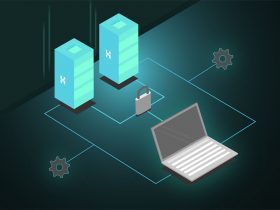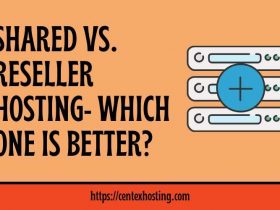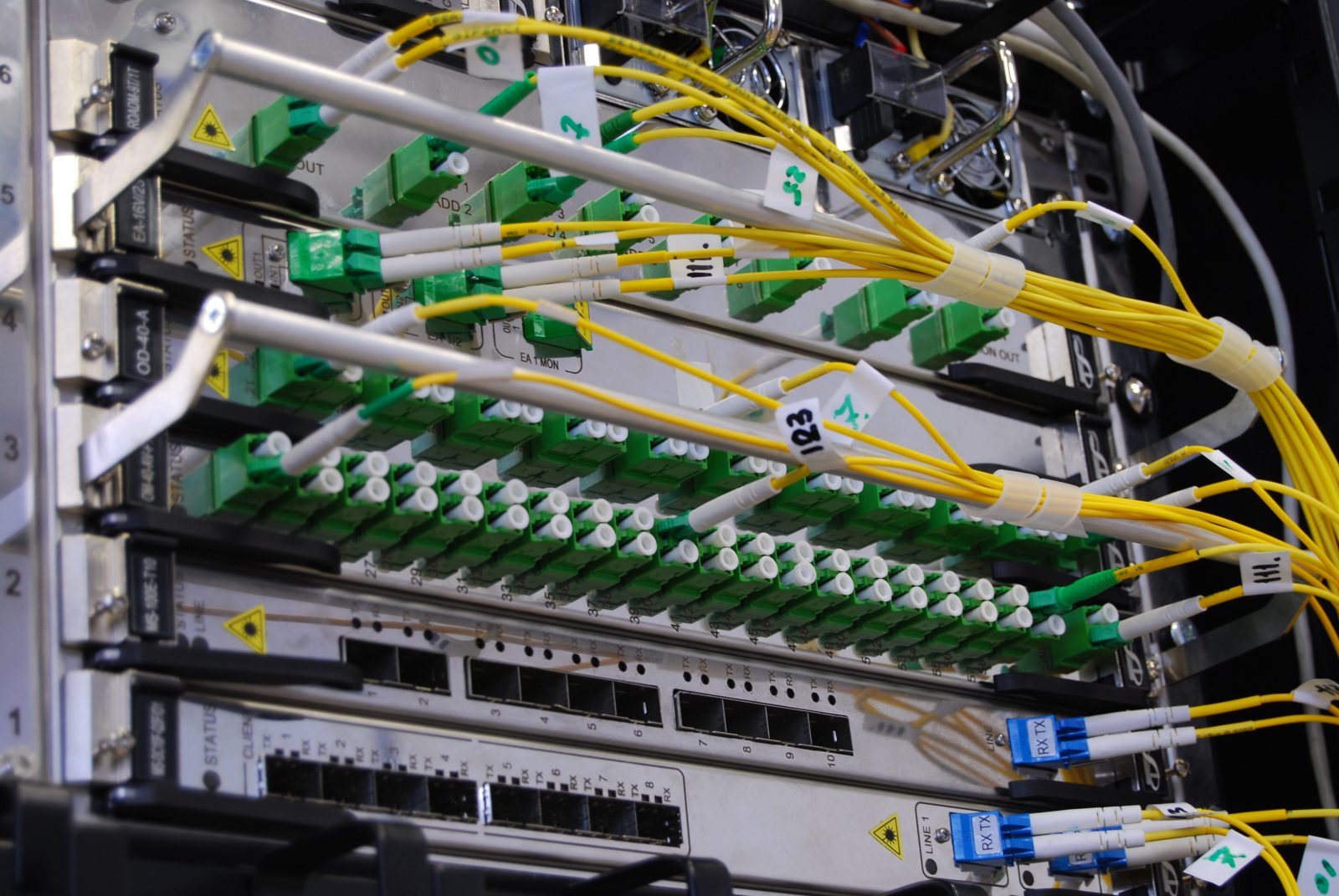What Is DDos And Why Do I Need Protection
A Denial of Service (DoS) attack is a deliberate attempt to make a target network. Do you know this can harm your webpage or program and make it unavailable to genuine users?
In 2017, a study showed that the gaming industry received 79 percent of DDoS attack traffic? Internet and telecommunications came in second, accounting for 6percent of DDoS attack volume.
DDoS attacks saw an increase of 55 percent between January 2020 and March 2021. It’s time to be aware!
With this article, you will understand what a DDoS attack really is and if you need serious protection from it.
What Is a DDoS Attack?
DDoS assaults are a form of cyberattack. They overload servers or impair web services by flooding them with access permissions.
These assaults have the potential to bring a website to a halt, directly impacting company operations. Hackers attempt to get access to databases and steal consumer data to utilize it to their advantage.
Others blackmail corporations after compromising their networks. It is by asking for a ransom to fix the problem, a practice known as cyber-extortion.
The major motivation of hackers appears to be personal gains. Yes, that’s right. They want a high financial worth that will allow them to make a good life. That is all at your cost!
How to Spot a DDoS Attack?
The most visible indication of a DDoS attack is a website or operation that becomes abruptly sluggish or inaccessible.
There are obvious indications that a DDoS attack can be detected using traffic analytics software. So, what are they?
- Unusual volumes of traffic coming from a single Computer or IP range.
- A rush of traffic from individuals with a common behavioral profile. It includes a specific device, geography, or internet browser edition.
- An inexplicable increase in the number of requests to a particular page or destination.
- Unusual traffic formations. These are like surges at unusual times of day or patterns that seem to be abnormal.
There are many more ways to detect attacks. They have more precise indications of a DDoS attack based on the sort of threat.
The Connectivity Layers: All You Need to Know
You’re probably really eager to know to detect and prevent or get rid of an attack. However, starting from the basics is very vital to save your website from such malpractices.
To comprehend how various DDoS assaults operate, it is important first to understand how an internet connection establishes itself.
A network link on the Web has several components or layers. Each tier in the structure has a particular role, similar to how a home is built from the bottom up.
The OSI structure is a framework for describing network connections across seven different levels.
- Application Layer: This is the sole layer that interacts directly with user information. Web browsers and email accounts, for example, rely on the application layer to begin interactions.
- Presentation Layer: This layer is largely in charge of preparing data for usage by the application layer. It is in charge of data translating, encrypting, and compressing.
- Session Layer: This is the layer in charge of initiating and terminating contact between the different devices. The session layer guarantees that the session stays available long enough to send all of the transferring data.
- Transport Layer: This involves extracting data from the session layer and dividing it into parts known as segments. It is accountable for the receiving device for reconfiguring the segments into data that the session layer may ingest.
- Network Layer: The network layer is in charge of allowing data flow between two networks. It divides transport layer segments into smaller components known as packets.
- Datalink Layer: The data connection layer is comparable to the network layer in that it allows data transfer between two devices in the network. It is also in charge of intra-network information flow control and error control.
- Physical Layer: This layer comprises the physical and logical transport equipment. It includes cables and switches. It is also where data is transformed into a bitstream.
What Are the Different Types of DDoS Attacks?
Now that you know how a DDoS attack works let’s see what its types are. It is dependent on the sort of DDoS assault being carried out. DDoS assaults come in a variety of forms:
Volumetric Attacks
These attacks attempt to absorb all accessible network bandwidth. It prevents genuine requests from being completed.
A DNS amplification assault is an example of a volumetric DDoS attack.
TCP Handshake/SYN Floods
A series of unfinished TCP Handshake protocol requests are made to the target network but never finished utilizing faked IP addresses.
Legitimate site visitors attempting to access the webpage may exacerbate the situation by hitting “refresh” on their browser for the page to load.
Multi-Vector DDoS Attacks
An attacker may combine various DDoS attack tactics to make their assault more successful and difficult to resist. Spreading disruption by targeting several levels of the network proves to be highly effective.
Application Layer Attacks
These attacks, also known as Layer 7 DDoS Attacks. Essentially they are continuously flashing the server with HTTP requests, which is reduced for senders.
However, they are resource-intensive for the host. It has to load all of the files plus database inquiries the website requires to show properly.
Why Do I Need DDoS Protection?
Inbound distributed denial of service (DDoS) attacks were present in 71 percent of service providers in 2020. Do you need to worry about DDoS attacks then? Of course, yes.
The major motivation of hackers appears to be personal gains. Some may even be bigger. In most cases, the attack is carried out for money. They feed off your fears and data, and you remain nothing but helpless.
To avoid downtime for your business or yourself, it is a great idea to invest in DDoS Protection. If you think it’s just about the money, you’re wrong.
Here are some negative outcomes caused by DDoS attacks.
Your Firm’s Reputation
A strike on a single customer can tarnish the credibility that a company has constructed over the years.
Customers’ confidence is tough to regain, and doing so would take time and effort on the part of the firm. News of these attacks travels quickly. It is especially among major firms, hurting the brand reputation.
Re-Building
Locating the attack node after the attack has occurred and fixed the node is normal. Before addressing other network portions, high overhead costs regarding personnel, equipment, and other resources are what you will incur.
One or two attacks may have your re-build from scratch. When this becomes a pattern, it causes a loss of time, energy, and not to mention, money too.
Client Experience
The client is king in any firm. Now, if your website’s performance falls short of the consumer’s expectations, it will result in a negative experience.
The client may switch to some other site for the same service or product. To avoid such a situation, you want to make sure your site is well protected.
Financial and Data Loses
Any DDoS attack on a network would result in the loss of information, resources, and money. Even if you want to repair the network, it doesn’t come easy. You may lose more data and cash.
Above all, hardware will get corrupted and make things worse. We all know hardware devices, such as routers or PCs, are costly to acquire and install. You need to avoid it.
How Do I Get DDoS Protection?
As you have seen above, it is relatively simple to attack a network. What do you do?
It is best to get controlled, intelligent, and complete DDoS mitigation solutions. It is critical for protecting a company’s digital assets.
Here’s what they’ll do for you and your firm:
- They will follow a network analysis and detection of attacked nodes.
- Experts will guarantee that the attacked node is disconnected from the network. Also, they will ensure this happens without expanding and disrupting network functioning.
- They will keep you up to speed on the latest forms of DDoS attacks. It is necessary to prepare a network to manage them.
How to Prevent a DDoS Attack?
You may find these attacks are less prevalent, but they are also more complex. So how do you prevent one in the first place?
- When designing your apps, ensure your hosting provider offers enough alternative Internet access. It is to allow you to manage high traffic levels.
- Reduce the surface area that may be targeted, limiting attackers’ choices. It allows you to construct safeguards in a single location.
- The absolute minimum is to be ready to accept only a certain amount of traffic. Take as much as your host can manage without interfering with stability.
- Using a Web Application Firewall (WAF) to protect against attacks is a recommended practice.
Summing Up
DDoS assaults are effective because they use many hacked computer networks to attack web traffic.
Do you need to be worried? Yes, you do. These attacks can cause small and huge losses to your firm. You may work around once or twice but would sooner need an expert to help.
It is critical for all firms with web pages to plan for DDoS attacks. Professional protection services are what you need.
Get the right protection at the right time!















